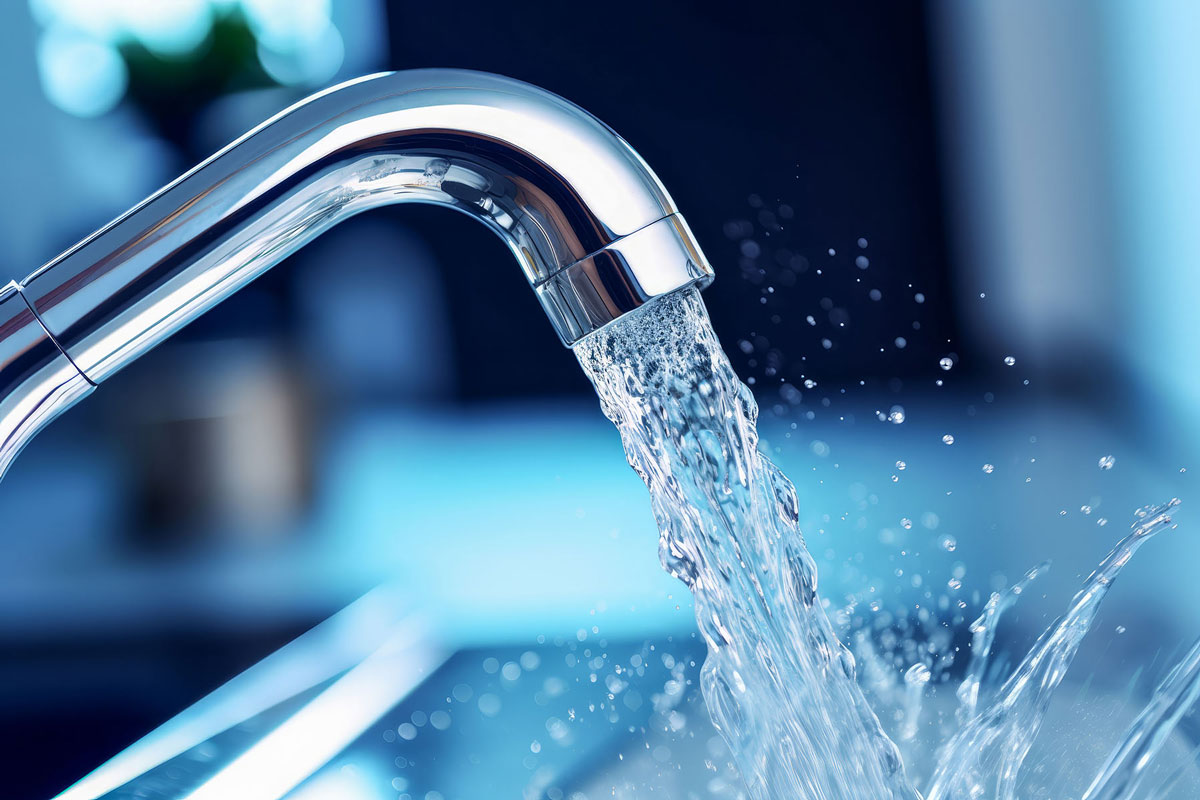Faraci introduces measure to protect Mahomet Aquifer from sequestration activity – Illinois Senate Democratic

Legislation Introduced to Protect Mahomet Aquifer from Carbon Capture and Sequestration Activities
 CHAMPAIGN – State Senator Paul Faraci has introduced legislation to prohibit carbon capture and sequestration activities over, under or through the Mahomet Aquifer – a vital sole-source aquifer supplying clean drinking water to over 500,000 residents across 14 counties in East Central Illinois.
CHAMPAIGN – State Senator Paul Faraci has introduced legislation to prohibit carbon capture and sequestration activities over, under or through the Mahomet Aquifer – a vital sole-source aquifer supplying clean drinking water to over 500,000 residents across 14 counties in East Central Illinois.
Protecting the Mahomet Aquifer
The Mahomet Aquifer is not only a source of drinking water, but it also supports agricultural and industrial industries in the region. While federal protections exist for groundwater, concerns remain about the long-term safety of underground storage near the aquifer. In the event of a leak, carbonic acid could react with other minerals in the rock formations, releasing new elements into the water. Recent assessments from the Illinois Geological Survey underscore the vulnerability of the aquifer, warning that these activities would need to be closely monitored to prevent environmental damage.
Ensuring Sustainable Practices
Faraci’s measure builds on ongoing efforts to elevate the protection of the Mahomet Aquifer as a priority in state policy, ensuring sustainable practices are enforced and harmful activities are prevented. This is crucial for residents of Central Illinois, as the aquifer is the only source of clean drinking water for at least half of the population it serves – meaning those residents would have no alternative should the aquifer become contaminated.
Emphasizing the Sustainable Development Goals
This legislation aligns with the Sustainable Development Goals (SDGs), specifically Goal 6: Clean Water and Sanitation. By prioritizing the protection of the Mahomet Aquifer, Senator Faraci is contributing to the global effort to ensure access to clean and safe water for all.
Conclusion
“While Illinois is on track to be a leader in carbon capture technologies, we must balance innovation with our duty to protect essential resources like the Mahomet Aquifer from any unintended consequences,” said Faraci.
Senate Bill 3968 awaits discussion in the legislative session.
SDGs, Targets, and Indicators
-
SDG 6: Clean Water and Sanitation
- Target 6.1: By 2030, achieve universal and equitable access to safe and affordable drinking water for all.
- Indicator 6.1.1: Proportion of population using safely managed drinking water services.
The article highlights the importance of protecting the Mahomet Aquifer, which serves as a vital source of clean drinking water for over 500,000 residents. This aligns with SDG 6, which aims to ensure access to clean water and sanitation for all. The specific target under SDG 6 that can be identified is Target 6.1, which focuses on achieving universal access to safe and affordable drinking water. The indicator that can be used to measure progress towards this target is Indicator 6.1.1, which measures the proportion of the population using safely managed drinking water services.
-
SDG 13: Climate Action
- Target 13.1: Strengthen resilience and adaptive capacity to climate-related hazards and natural disasters in all countries.
- Indicator 13.1.1: Number of deaths, missing persons, and directly affected persons attributed to disasters per 100,000 population.
The article mentions the need to address climate change and highlights the role of carbon sequestration in mitigating its effects. This connects to SDG 13, which focuses on taking urgent action to combat climate change and its impacts. The specific target under SDG 13 that can be identified is Target 13.1, which aims to strengthen resilience and adaptive capacity to climate-related hazards. The indicator that can be used to measure progress towards this target is Indicator 13.1.1, which measures the number of deaths, missing persons, and directly affected persons attributed to disasters per 100,000 population.
Table: SDGs, Targets, and Indicators
| SDGs | Targets | Indicators |
|---|---|---|
| SDG 6: Clean Water and Sanitation | Target 6.1: By 2030, achieve universal and equitable access to safe and affordable drinking water for all. | Indicator 6.1.1: Proportion of population using safely managed drinking water services. |
| SDG 13: Climate Action | Target 13.1: Strengthen resilience and adaptive capacity to climate-related hazards and natural disasters in all countries. | Indicator 13.1.1: Number of deaths, missing persons, and directly affected persons attributed to disasters per 100,000 population. |
Source: illinoissenatedemocrats.com








